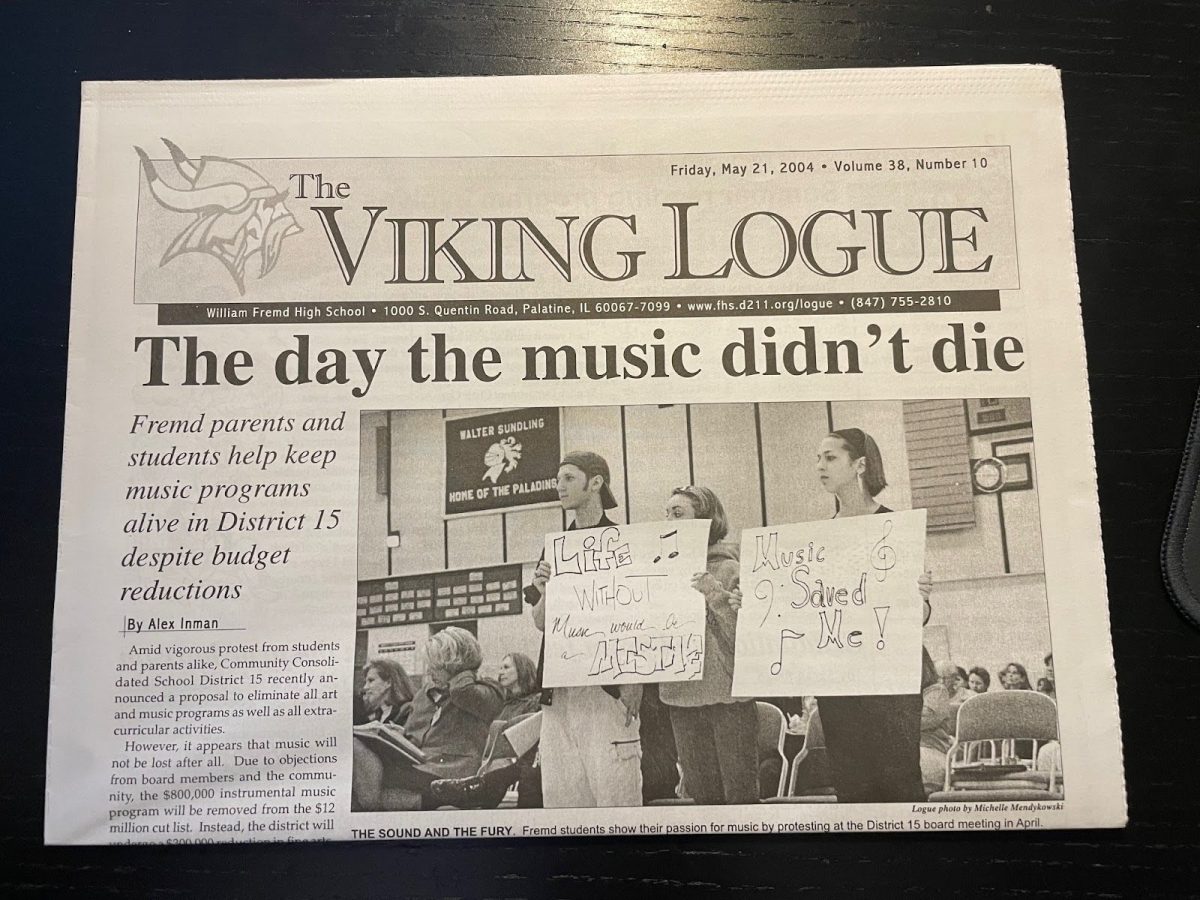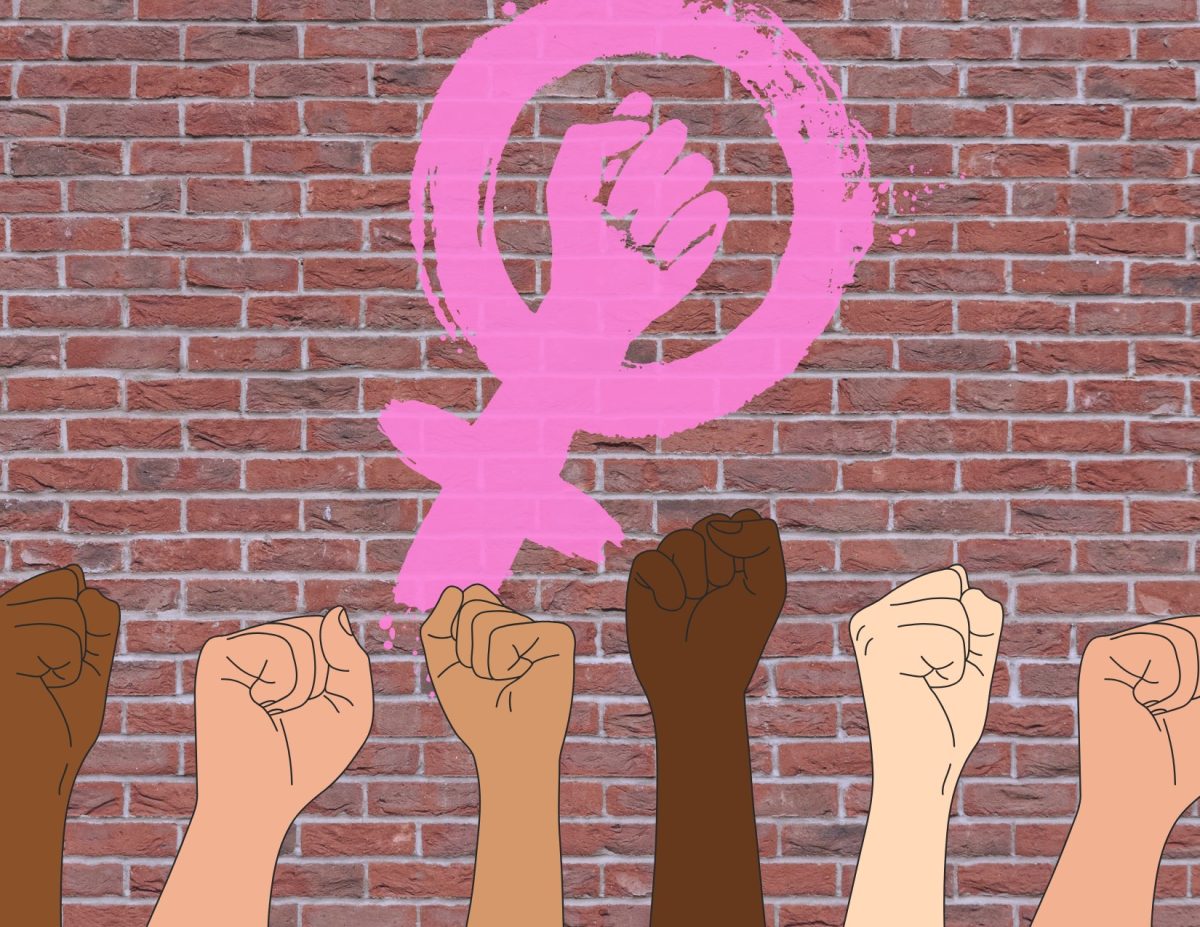On Sept. 13, Boeing began facing one of their biggest challenges yet, as over 33,000 machinists went on strike in Boeing’s metropolitan area in Seattle, demanding the return of their pension funds, which were frozen in 2014. According to Boeing’s workers union, the company threatened to move the production of new planes out of Washington if they did not give up their pension plans. 10 years later, the machinists walked off the job in protest of low pay and poor retirement benefits. The strike halted most of the company’s aircraft production in Seattle.
Four days after the strike began, Boeing implemented a cost-saving plan to deal with the strike. Some aspects of the plan included pay cuts, supplier spending cuts, and increased share sales. However, the company was losing $100 million a day. No matter what they tried to do, they kept losing money, and the strike didn’t seem like it was going to end.
That’s when CEO Kelly Ortberg announced the next step in Boeing’s cost-saving plan that would be at the expense of their employees: the company planned to cut 10 percent of its workforce, about 17,000 jobs, in the coming month.
“The company must reset its workforce levels to align with our financial reality,” Ortberg said.
A little over a month after the strike began, Boeing proposed a contract to the union that included a 35% raise over the course of a four-year contract and a $7,000 bonus for each worker, but the union rejected the company’s offer. One day later, on Oct. 24, Boeing reported a $6.17 billion loss. Boeing began selling its NASA-based operations as an attempt to compensate for the loss.
On Nov. 1st, Boeing made a new offer. This contract promised an immediate raise of 13%, followed by annual raises of 9% in the next two years and a 7% raise in the fourth year, culminating in total raises exceeding 43%. Additionally, workers will receive a $12,000 ratification bonus, which can partially contribute to their 401(k) retirement plans. Nevertheless, the contract did not restore the pension plan that was lost in 2014. On Nov. 4, the most costly strike in United States history ended when 59% of the union voted to accept the contract.
What does this mean for the future of Boeing? Boeing is trying to restore and grow their revenue after the strike cost Boeing, its workers, and suppliers nearly $10 billion in lost wages, earnings, and supplier losses, according to an Anderson Economic Group report in late October. The company is resuming production in Washington and Oregon, and the machinists will return to their jobs no later than Nov. 5. The company is focusing on rebuilding operations and stabilizing both worker relations and the company’s financial standing in the economy.
“It’s much harder to turn this on than it is to turn it off, so it’s absolutely critical that we do this right,” Ortberg said during the company’s quarterly call last month.










